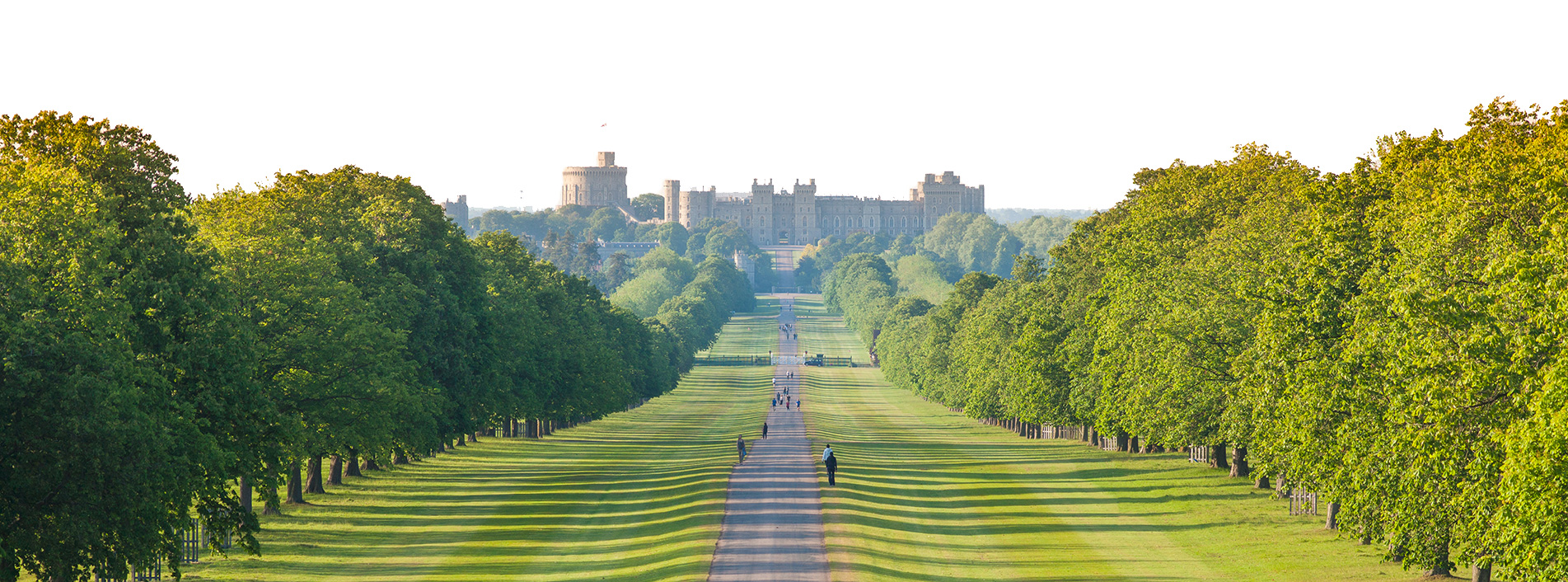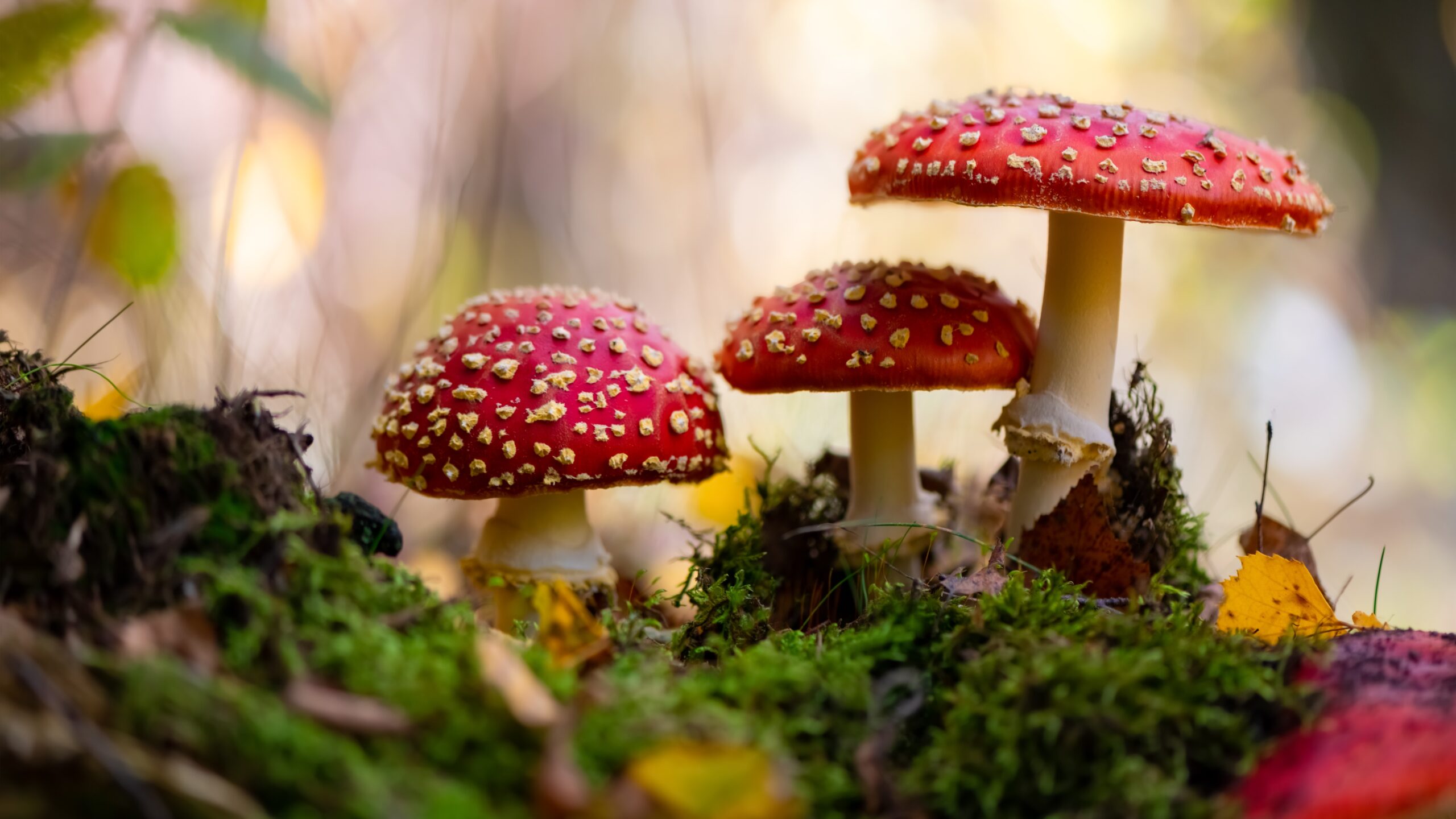
Fungi – vital for our habitats

Published by
Des Sussex
Biodiversity and Conservation Manager
Sep 26 2023
Share this article
The Windsor Estate is a nationally important site for rare species and assemblages of fungi.
Over 1,000 species of macro-fungi (those that produce the easily visible fruiting bodies) have been recorded on the Estate, 250 of which are rare with 43 of these rare species confined almost entirely to the Estate.
All wild plants are protected under the Wildlife and Countryside Act (1981). This states that it is illegal to dig up or remove a plant (including algae, lichens, and fungi) from the land on which it is growing without the owner’s permission.
This includes the Windsor Estate, much of which is dedicated as a Site of Special Scientific Interest (SSSI).
Help us look after our fungi and the habitat around them
To help with our biodiversity conservation, the destruction or removal of any fungus (and other plant material) is not permitted anywhere on the Windsor Estate.

What are fungi?
Fungi are vital for our habitats and their importance to the woodland has often been compared to the networks of pipes and cables that support a bustling city.
They are organisms that live under the ground or on their host, forming a colony of tiny branching threads called mycelium.
Mycelium can be thousands of metres long and expand over huge areas. The delicate threads of the soil fungi will not survive in areas with high footfall or areas that are treated with artificial fertilisers, compaction, ploughing or waterlogging.

Mycelium of white mushroom.
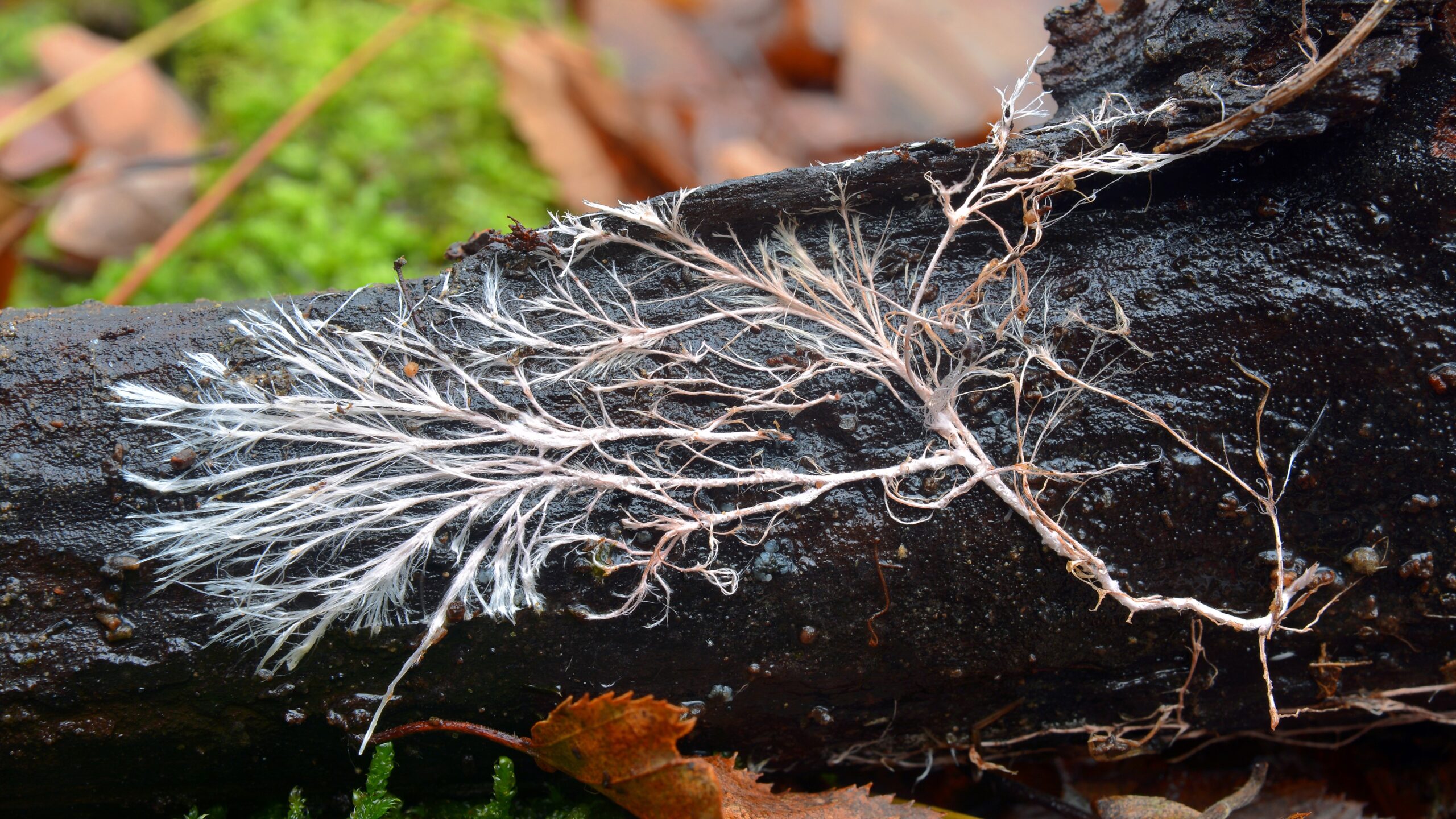
Fungi mycelium on wood.
The parts of the fungi that we see above the ground are the fruiting bodies. These differ in size, shape, and colour with most appearing in autumn. This part of the fungi contains spores, similar to seeds in as much as they are for reproduction and are dispersed to produce future colonies.
Some fungi disperse their spores from below, some by expelling them with force and others in liquid form.
Fungi do not photosynthesise as they do not have any chlorophyll. Instead, they get their energy from their growing medium which might be leaf litter, rotting wood or decaying creatures, making the dead wood habitat on the Windsor Estate an important part of this ‘circle of life.’
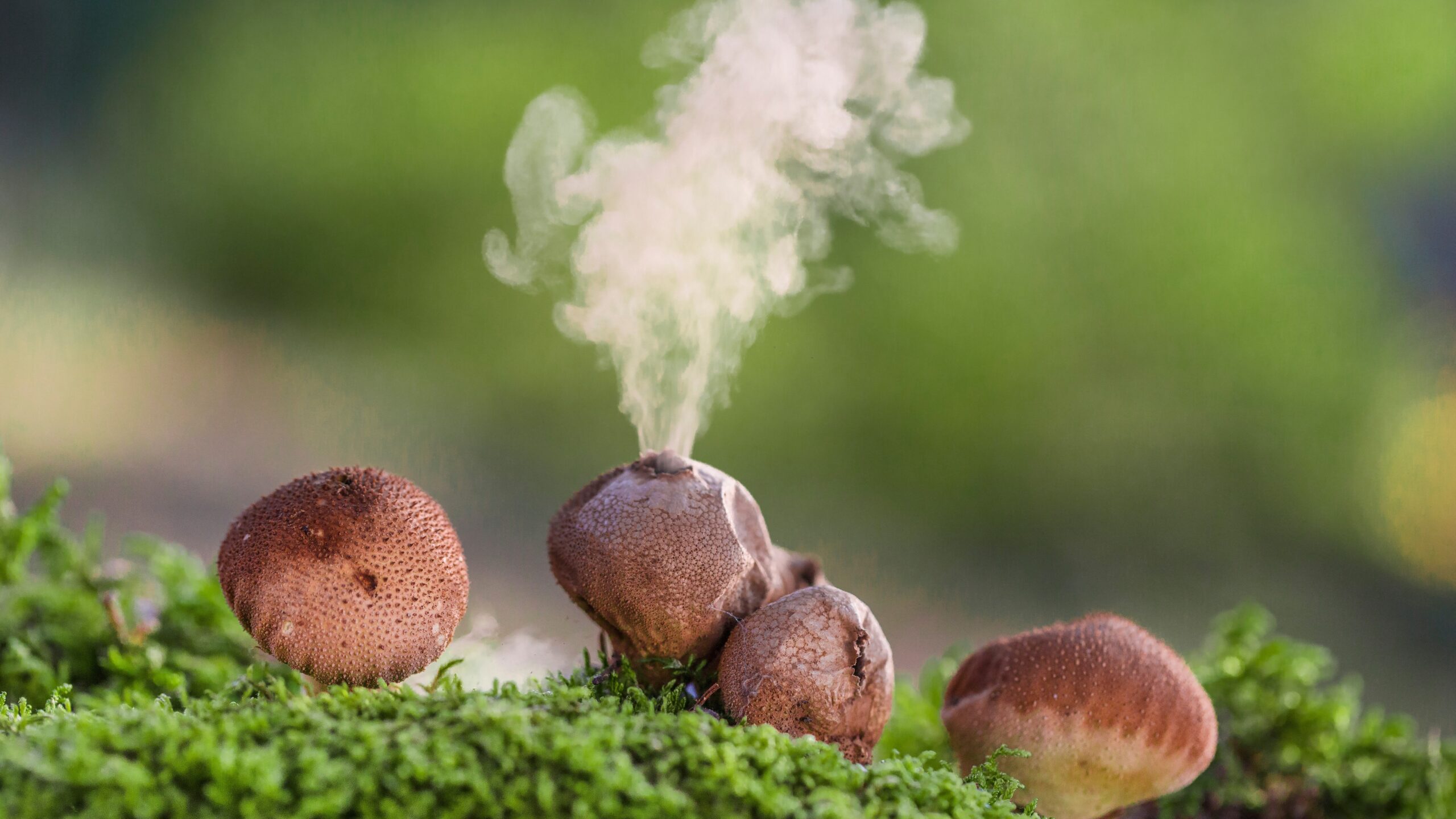
Puffball fungi releasing spores.
Why are fungi important?
Fungi are vital for our habitats and perform what are often referred to as ‘ecosystem services’ – meaning useful ‘work’ to keep our habitats in good condition. Many trees and other plants depend on fungi growing in unison with their roots, contributing to their healthy growth. Some fungi help with the decay and decomposition of huge volumes of fallen leaves, twigs, and wood, helping to recycle nutrients back into the soil.
They also release nitrogen and phosphorus from the decomposition process, unlocking these elements and replenishing the environment with nutrients.
A food source for wildlife
Fungi are vital parts of the food chain for some of the specialist insects and other invertebrates that are special on the Windsor Estate. These include many rare flies and beetles. Picking fungi can have a damaging impact by causing a large loss of both habitat and food for these organisms that depend on the fruiting bodies, many of which are only available for a short time.
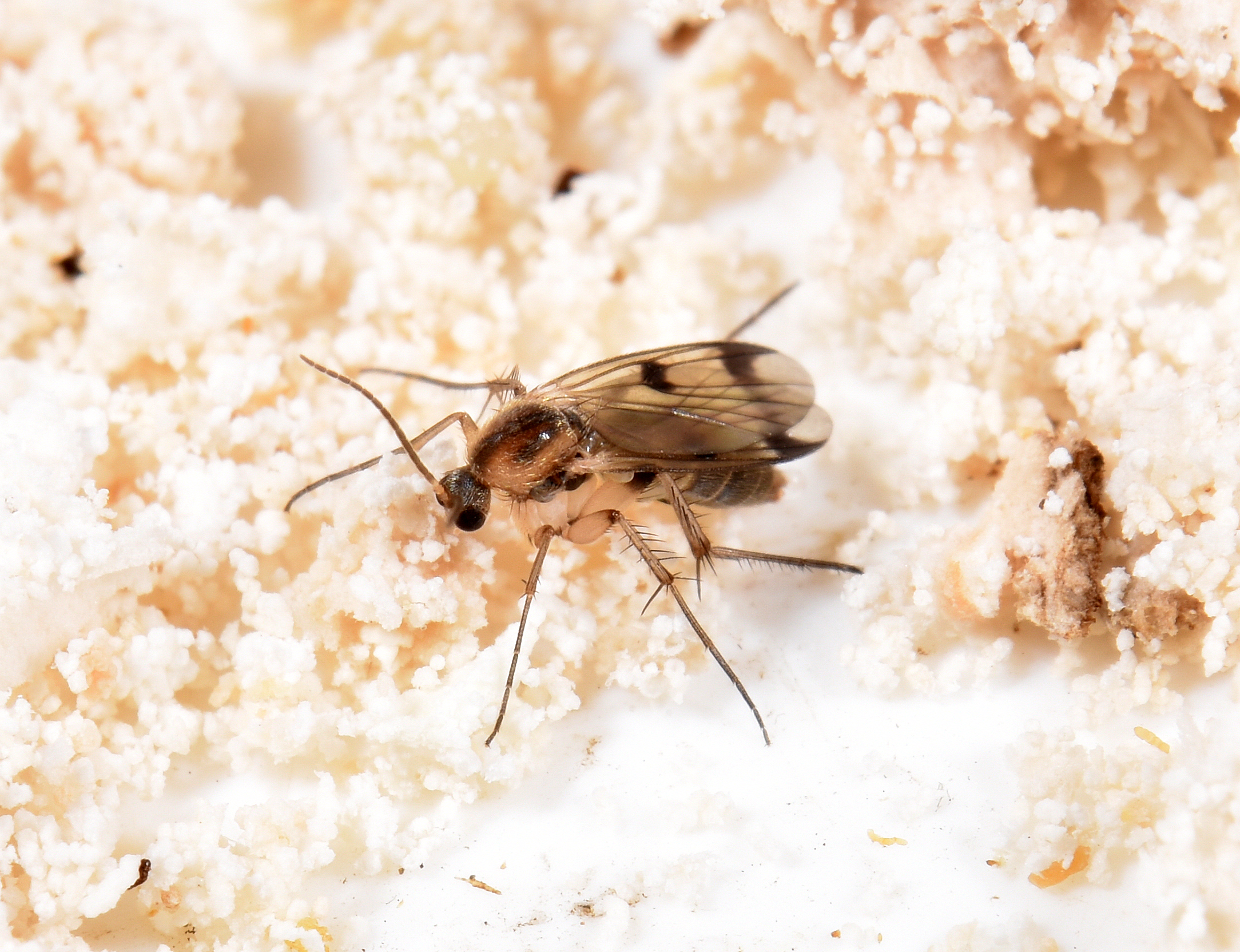
Mycetophila fungus gnat. ©Paul Brock
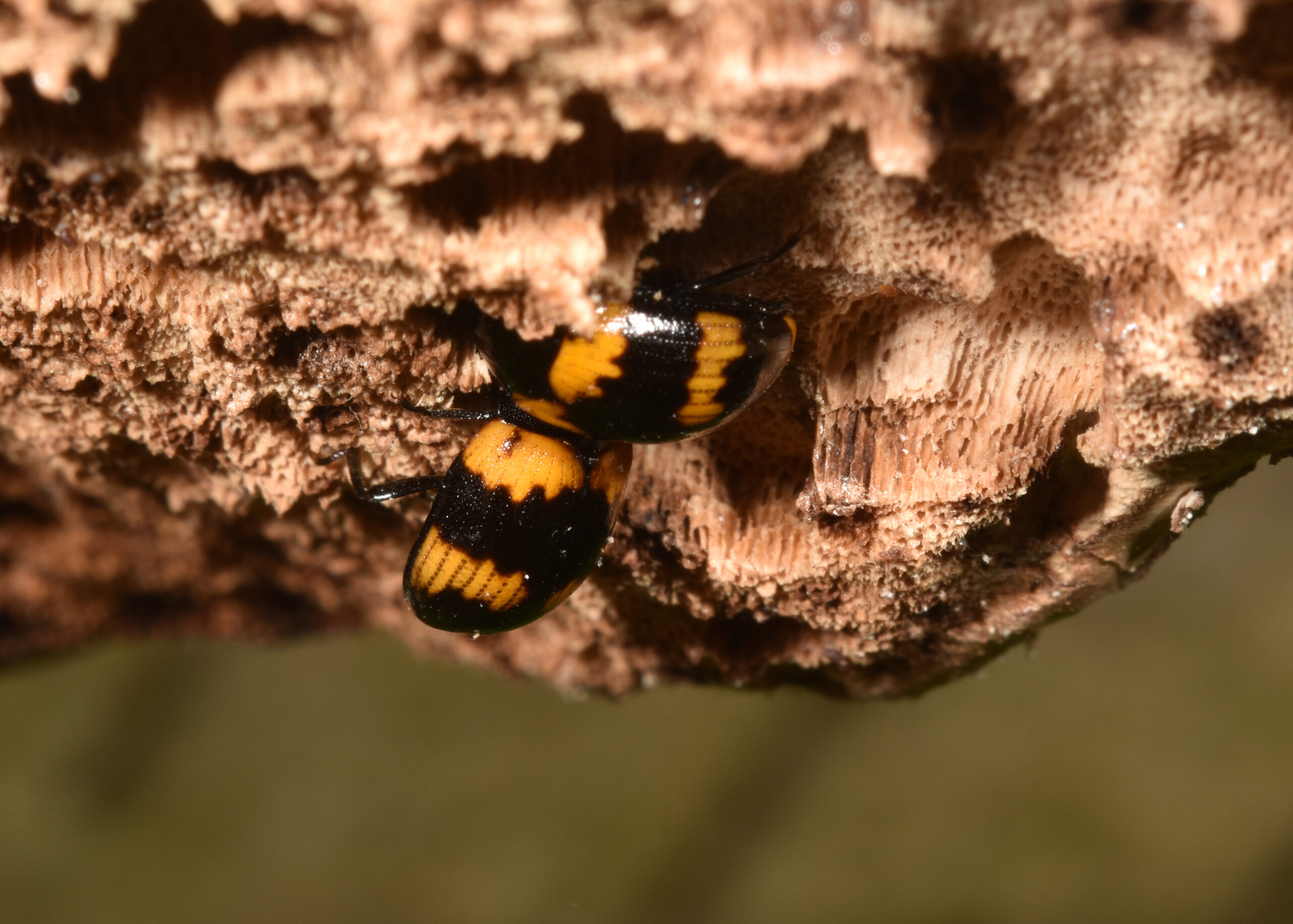
Diaperis boleti beetle. ©Paul Brock
Protecting the habitat
Fungi that live in wood require trees, whether fallen or standing, to be left to slowly decline and decay over many years.
On the Windsor Estate, we graze the grass gently with cattle and deer ensuring that the land is not overgrazed and also provides organic dung which fungi break down to replenish the soil.
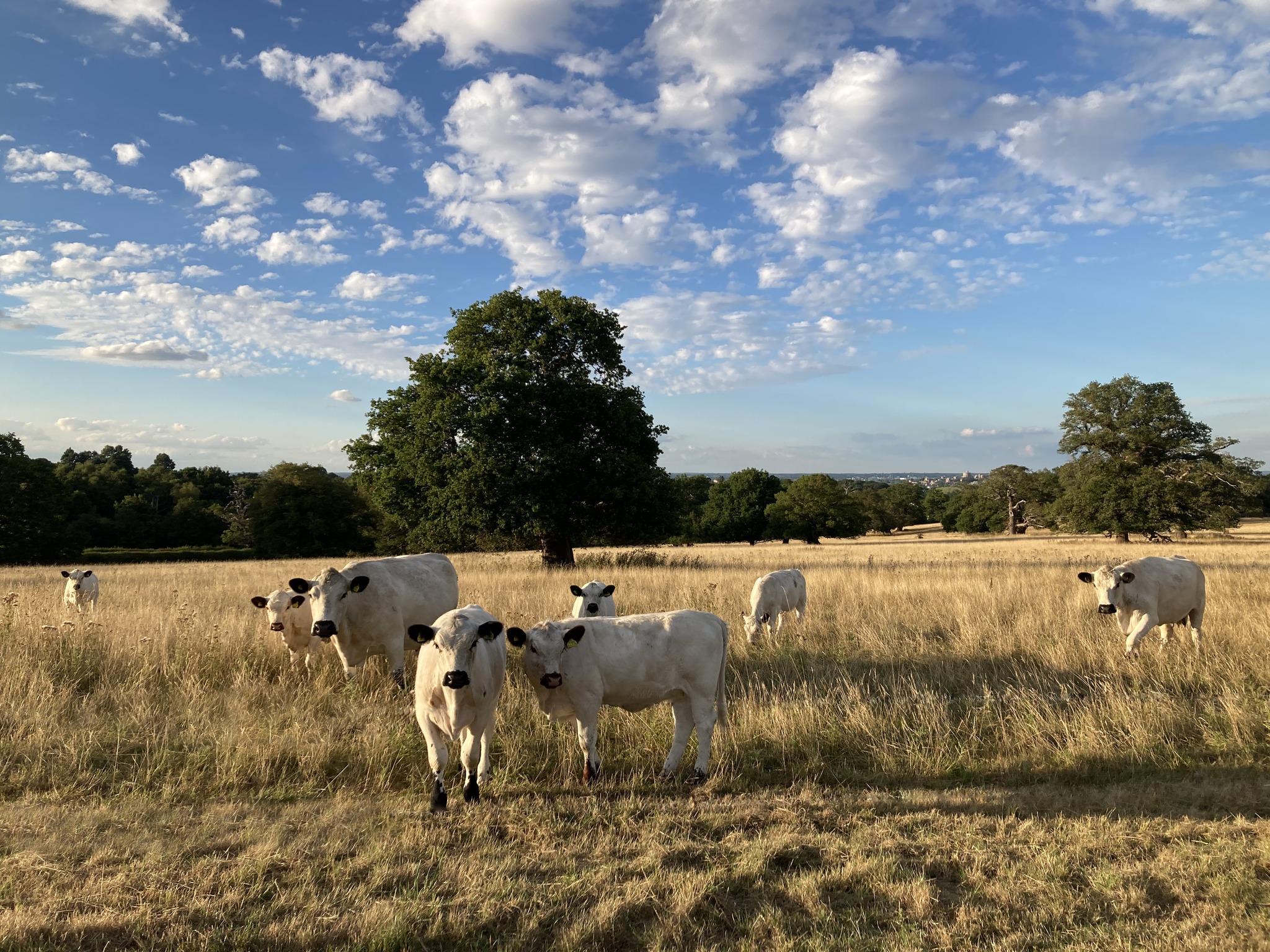
British White, rare cattle breed, at Windsor Great Park.
We leave fallen deadwood on the ground to continue the decay and do not fell old trees because they are decaying with fungi. If they become dangerous, branches are carefully removed and placed on the ground to allow the decay to continue.
We continually plant new trees to replace the very old so that there will always be somewhere for fungi to thrive for centuries to come.
Stick to pictures
As well as being easily damaged and increasingly rare, some fungi are poisonous and can be dangerous and sometimes lethal.
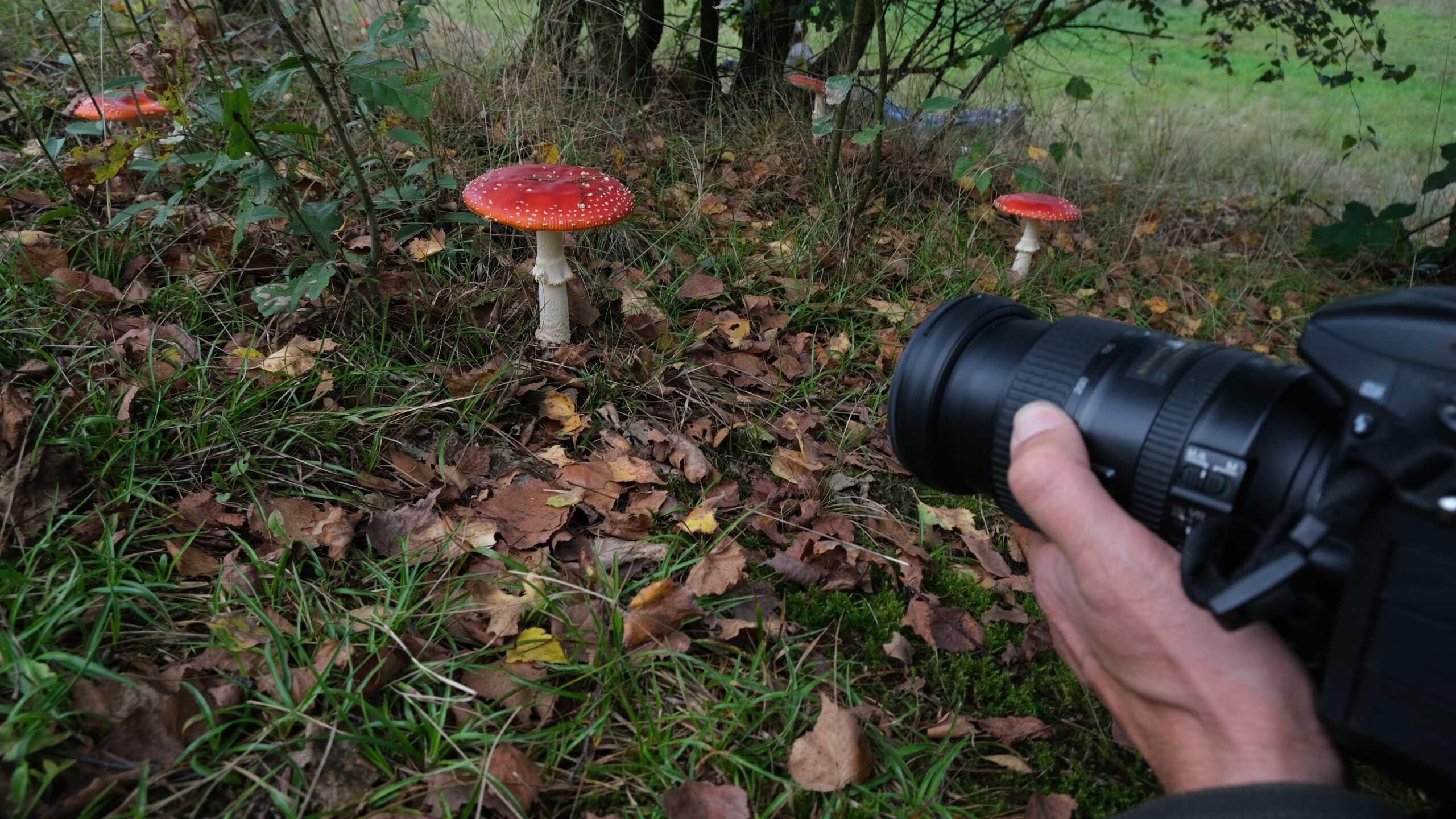
Please take pictures and leave the fungi for other visitors to admire.
We know that the Windsor Estate is especially important for the groups of fungi listed below (and possibly others). Whilst we have some information about the fungi on the Estate there is still a lot that we don’t know. Picking and collecting fungi are likely to be doing unknown damage to these special populations and communities:
- Boletes of wood pasture and parkland are usually sturdy mushrooms which have tiny holes (pores) under the cap instead of ‘gills’. Some of the more common species (like the cep) are edible and much sought after by collectors
- Grassland fungi such as waxcaps which tend to only grow on ancient grassland soils which have not been damaged by chemicals, fertilisers or ploughing
- Decay fungi of Beech trees
- Decay fungi of Oak trees
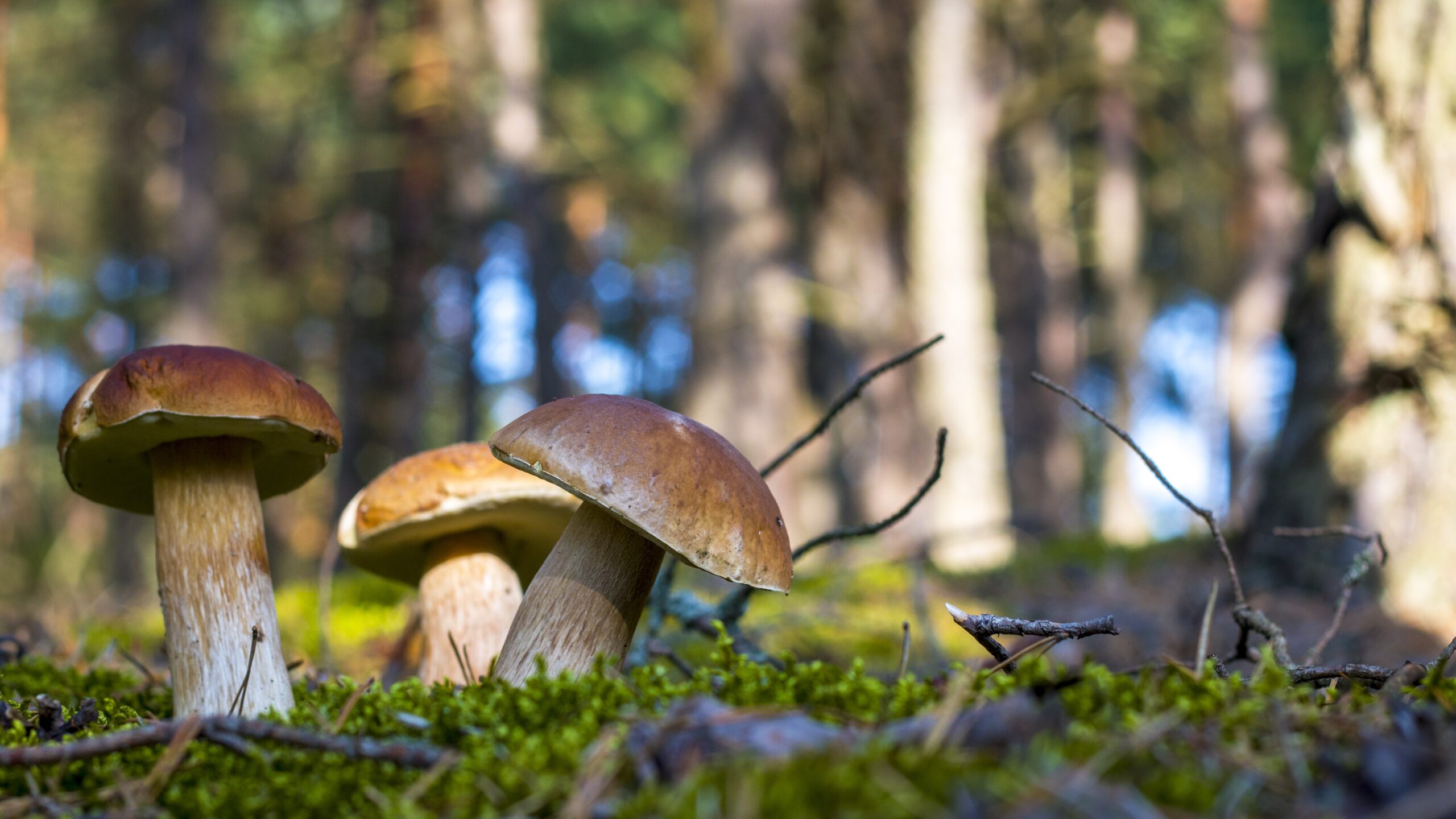
Cep fungi.
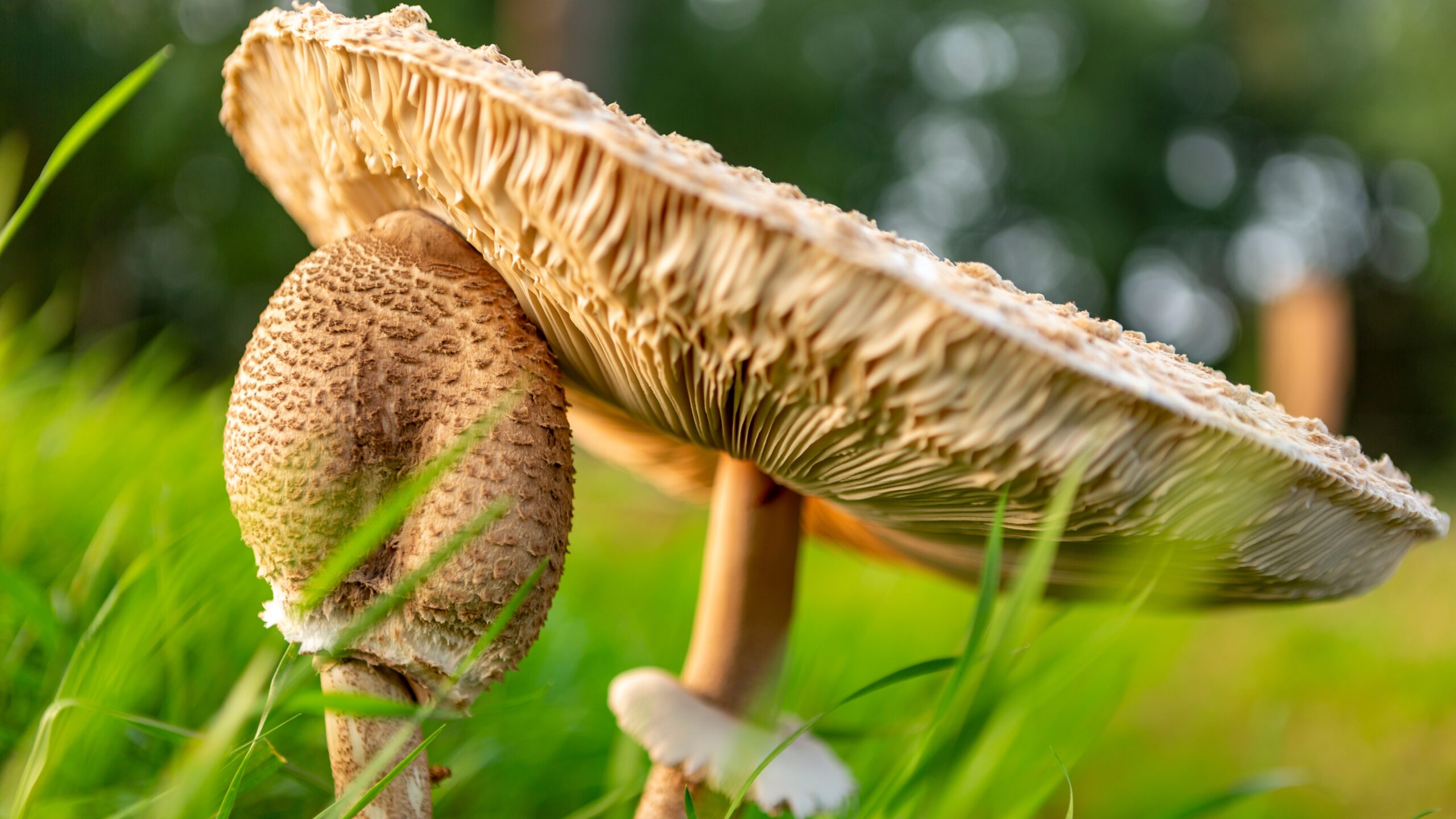
Parasol fungi.
Did you know?
The words Fungus and Fungi are taken to include all types of organism in the ‘Fungus Kingdom.’ That includes mushrooms, toadstools, puffballs, brackets, crusts, and corals.
There is no scientific difference between a mushroom or toadstool and the words are inter-changeable. There are those that refer to mushrooms as being edible, whereas toadstools are poisonous, but that is just down to how some people use the two words.
Some species of fungi do not fruit regularly, so it is especially important that those are left undisturbed to complete their fruiting process when the weather and environmental conditions are right
You might also be interested in
Other fungi for you to look out for
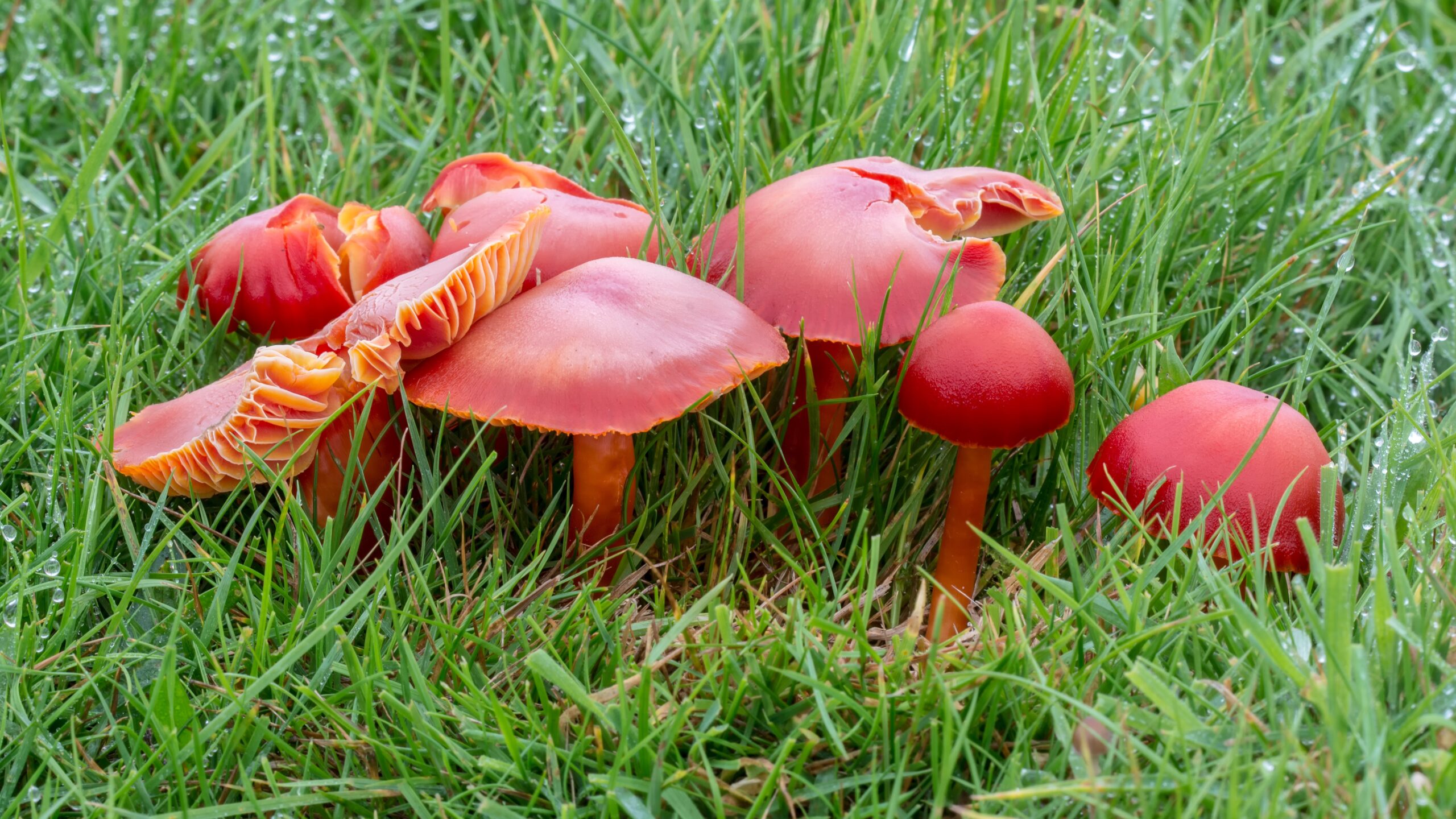
Waxcap fungi.
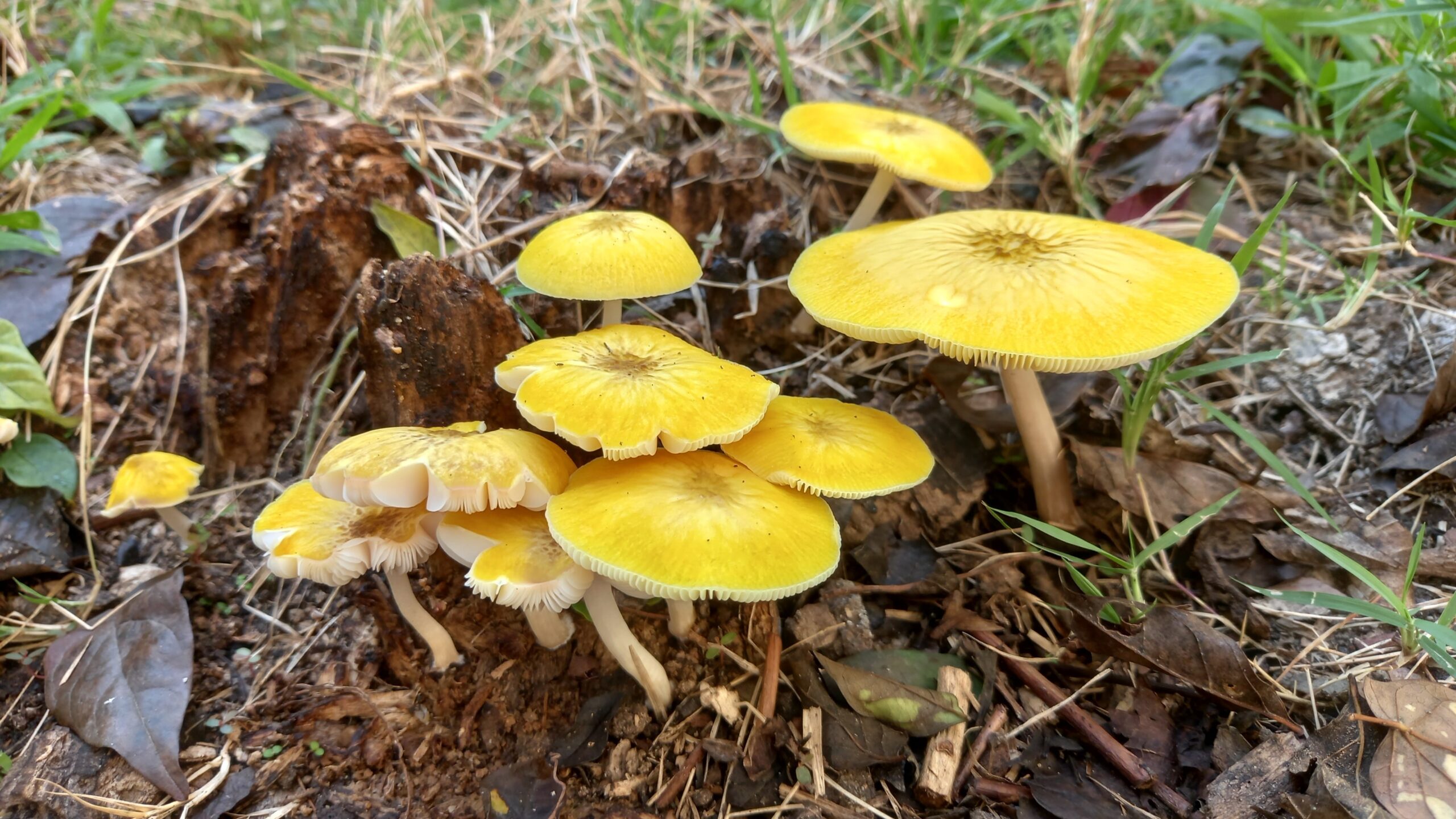
Yellow waxcap fungi.
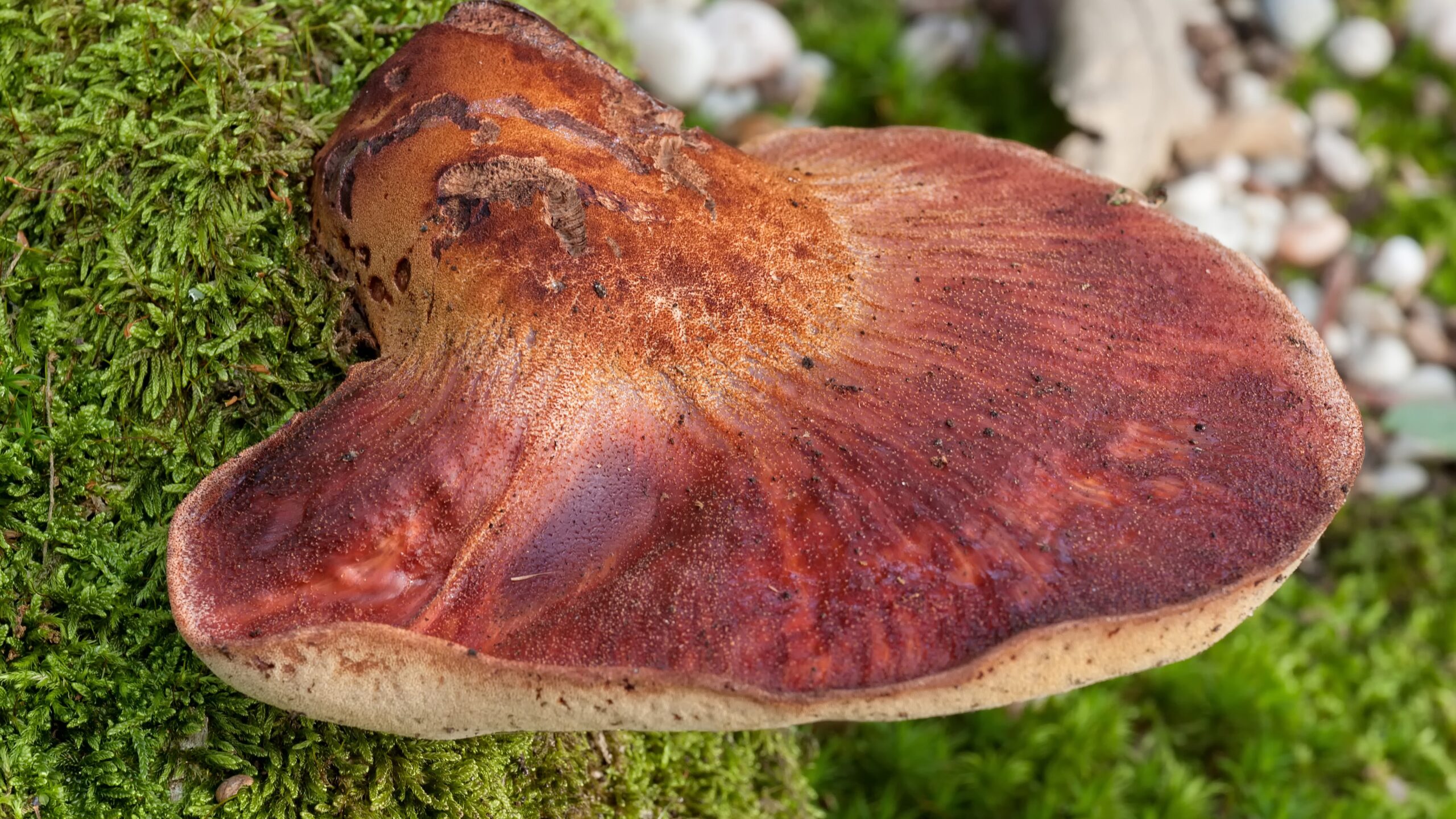
Beefsteak fungi.

Magpie fungi.
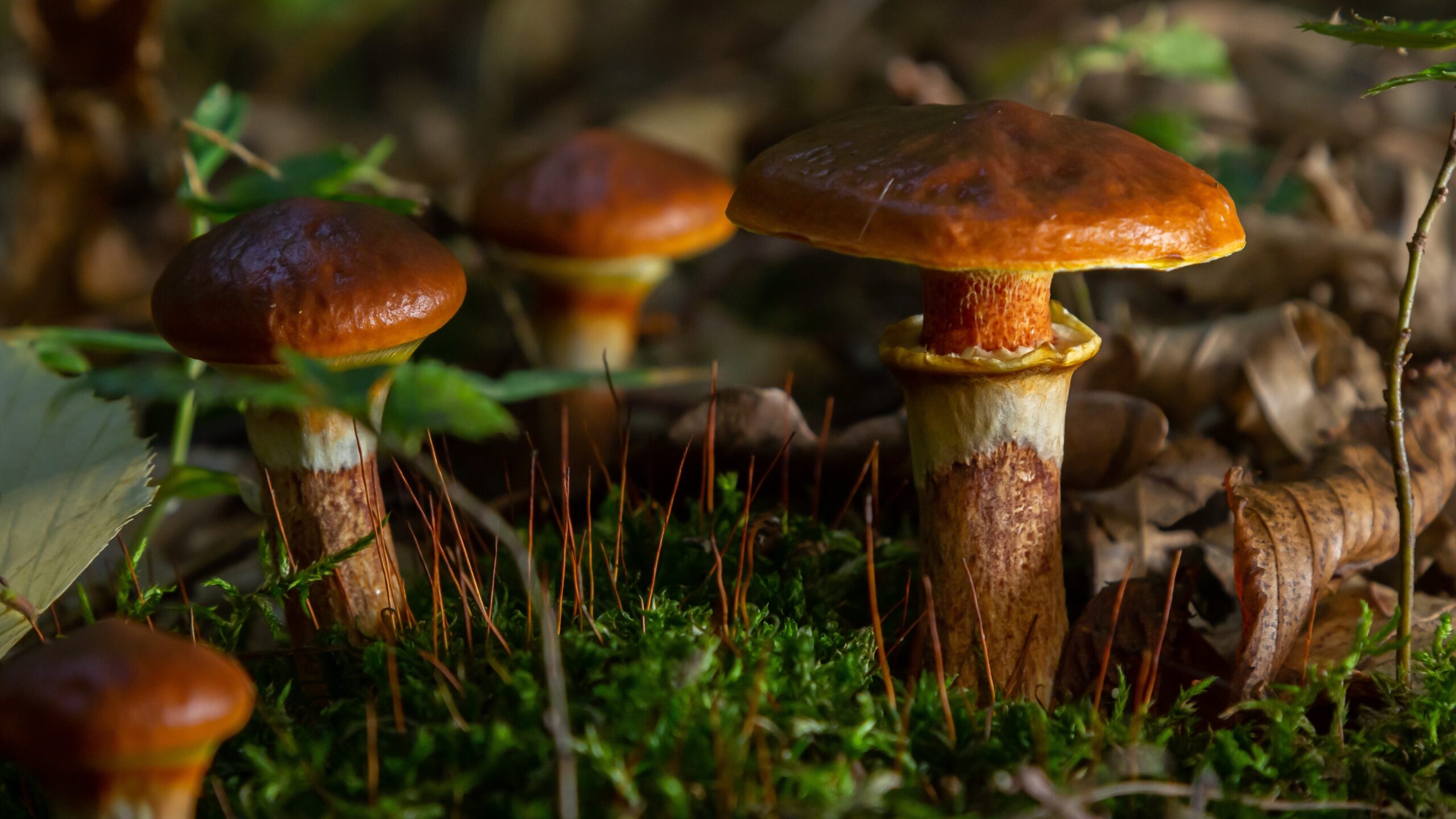
Slippery Jack fungi.

Bay Bolete fungi.

Cauliflower fungi.
Share this article

